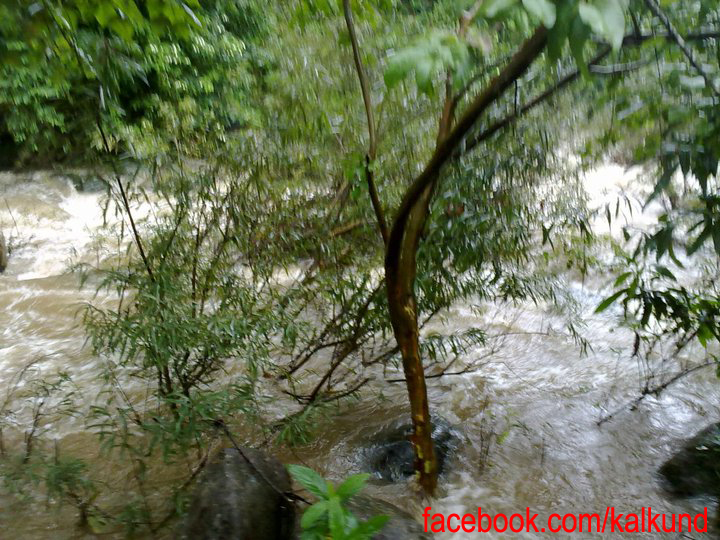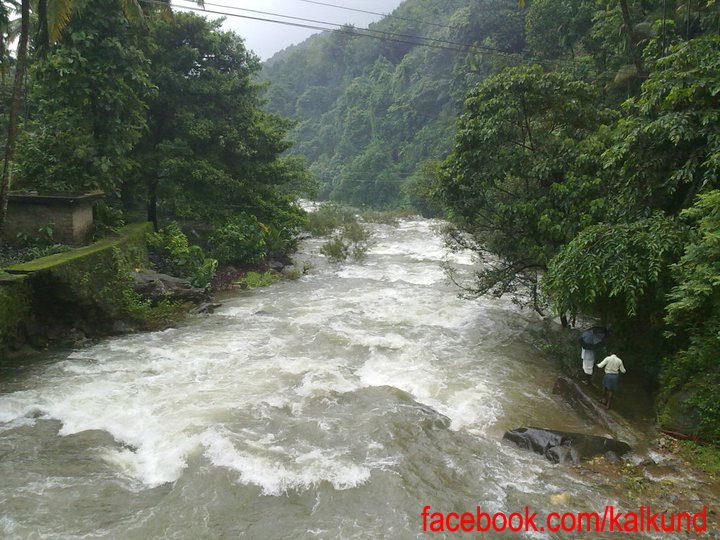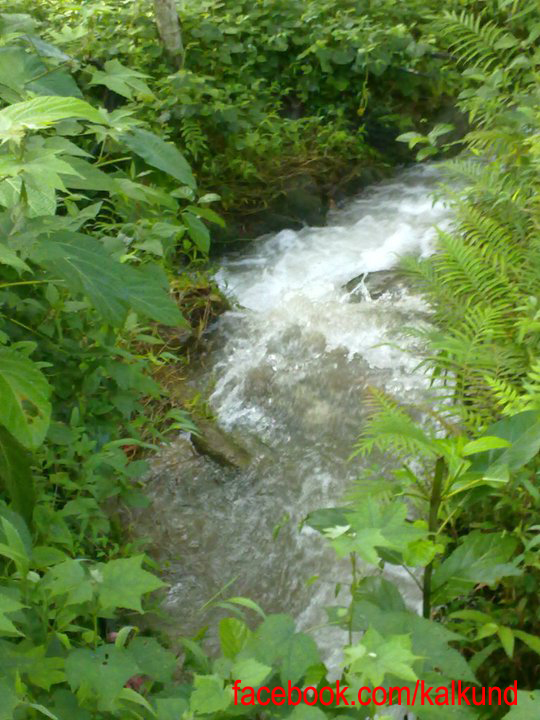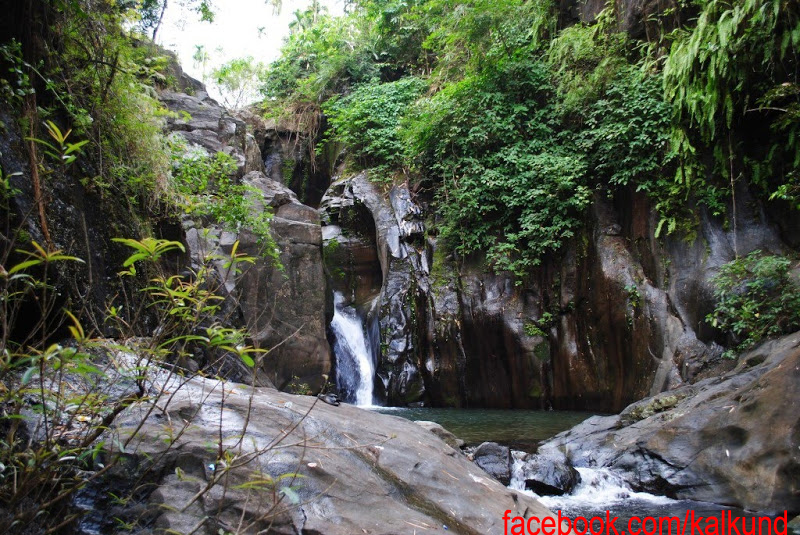Kalkundu
The place where heaven meets earth
Kalkundu the breath taking beauty ,the heaven of peace and tranquility ,the most promising upcoming tourism destination of Kerala; lies in the lap of nilgiri mountain ranges in silent valley national park .The Kalkundu now has been added to the UNESCO list of natural world heritage sites under silent valley national ,park. Exploration







The Kalkundu exudes a quiet grandeur a mystery relived and half concealed is past much older than entire mankind. The rain forest here probably dates back to 50 million. The history of first road here, sounds back the years of 1760’s.This road was constructed by the Great South Indian Emperor Tipu Sultan. He and his people used this way for transportation of goods and people from Mysore to other parts of Kerala and Tamilnadu. it is even heard that the people from far away islands such as Lakasadeep came for summer vacations and food production. This was almost in the years of 1850;s. The first English investigation for cold hill stations in Malabar ended in starting of the Pears Lesley tea plantations in Kalkundu at the times 1840’s..this is the only tea plantation in South Malabar. The huge mansion known as estates bungalow is mixture of Indo-British architecture ,it shows some artistic moves of old Chinese’s architecture. The engineering of water providence and wind-sound proofing is not able to be relived even today. And it is said that in the times of world wars and indipendance struggle,the britsh army used this manshion as army battery which was one among the biggest in south india. theKalkundu ,. Silently she beckons us to witness the marvelous exuberance of life that expresses itself in an incredible chaos of plants and animals and birds and insects. At the heart of her many songs is a still, deep silence which only those who tread softly and wait patiently may learn to hear.
Bio geographically, Kalkundu and the adjacent forests of the Western Ghats represent “ecological islands” in which it is possible to observe the conditions that prevailed before modifications set in, in the humid tropical forests of peninsular India. Though the stability of these ecological islands is fast dwindling, these ecological products introduce an important factor in the bio geographical evolution, viz. isolation mostly due to physical barriers as a result of the Palakkad gap. Isolation, therefore, has had the effect of preserving the relict characters of the flora and fauna of Silent Valley and adjacent areas, as indicated by the presence of primitive groups of flora and fauna. The distribution range of these relict species had been considerably restricted, presenting an apparent picture of endemism. The intermingling of Indo-Malayan elements in the flora and fauna of the area is due to preservation of the once extensive tropical forests, which extended over the whole of the Peninsula. The concentration and isolation of these elements only in some areas of the Ghats, present precarious picture of survival of relicts of an otherwise impoverished flora and fauna.
The ecological regimes in Kalkundu may be characterized within the following four categories.
- Elevation:- Low (<500M), moderate(500M -1500M), high(>2000 M)
- Precipitation:- Dry (<1000 mm), moderate(1000 mm-2500 mm) wet (>2500 mm)
- Topography:- Undulating, steep slopes
- Hydrology :- Along water courses, away from water courses.
There is no representation, comparable in area to the Kalkundu in the form of riparian and non-riparian ecosystems on undulating terrain at mid-elevation and in the high rainfall zone over the entire stretch of Western Ghats in Kerla. Kalkundu forests show all the known characteristics of the tropical rain forests. These include:
- a great network of surface roots in physical contact with moist leaf litter, the root mat having a biomass of 18 g dry weight in 5000 M3.
- laurel type leaves with entire margin and with a drip-tip in the mesophyll, thick and leathery for emergent and relatively thin for the under storey species
- very thin bark, less than 6mm in thickness
- woody nature of leaflets and profusion of woody climbers and epiphytes
- multi layered tree species with stature of more than 60 M with a trunk typically slender and often buttressed at the base, the crown depth and width being low compared to the trunk height
- Tree density and basal area are comparable to the richest tropical rain forests in other parts of the world
- multi layered nature of the forest with emergent species raising their heads above the general canopy layer, consequently imparting an undulating bumpy look to the surface.
- It is unique because what little has been collected and studied has already proved to be of immense scientific interest from the taxonomic, zoogeographic and ecological points of view.
A number of species, which were available in the Western Ghats 50 to 100 years ago and which have not been recorded subsequently, still exist in Silent Valley. They include insects, fishes, amphibians, reptiles and mammals. Type specimens of these, described earlier by scientists, have been deposited in museums outside India. Even prototypes are not available in India for referral studies.
LOCATION
Kalkundu falls within the revenue district of Malappuram and shares boundary to Palakad and Ooty.
ACCESS
Air: Kozhikode-35 km, Coimbatore – 100 km.
Rail:Melatur 10km; Nillambour – 30 km
Road: Perinthalmanna –Karuvarakundu-Nillambor(ooty road)-5km
CLIMATE
The climate is tropical with summer rains constituting the bulk of the precipitation. Average minimum temperature varies from 8º to 14ºC. and average maximum temperature varies from 23ºto 29ºC . The hottest months are April and May when the mean temperature is 23 °C and the coolest months are January and February when the mean temperature is 18o C. Annual average rainfall is 2717 to 4543 mm.
TOPOGRAPHY The terrain is generally undulating with steep escarpments and many hillocks. The elevation ranges from 900 M to 2,000M).
VEGETATION The Kalkundu is virtually a botanist’s treasure-trove. The flora of the Kalkundu valley include about a 1000 species of flowering plants, 107 species of orchids, 100 ferns and fern allies, 200 liverworts, 75 lichens and about 200 algae. Of these plants a good majority is endemic to the Western Ghat’sThe following are some of the new species and genera recorded recently .
WILDLIFE POPULATION
The Kalkundu forestes is rich in faunal diversity and harbours 34 species of mammals, 292 species of birds, 31 species of reptiles, 22 species of amphibians, 13 species of fishes, 500 species of butterflies and moths, besides a multitude of lower forms of animal life most of which are yet to be documented. The valley has a fair representation of all peninsular mammals. They are Lion-tailed Macaque, Nilgiri Langur, Bonnet Macaque, Tiger, Leopard (Panther), Leopard Cat, Jungle Cat, Fishing Cat, Common Palm Civet, Small Indian Civet, Brown Palm Civet, Ruddy Mongoose, Stripe necked Mongoose, Wild Dog, Sloth Bear, Otter, Flying Squirrel, Malabar Giant Squirrel, Indian Pangolin (Scaly anteater), Porcupine, Wild Boar, Sambar, Spotted Deer, Barking Deer, Mouse Deer, Gaur and Elephant.
The most famous resident of the Kalkundu is Lion Tailed Macaque whose name has become almost synonymous. A shy dweller of the canopy, this primate can be seen singly or in groups. The gracious macaque depends mainly on Cullenia exarillata fruits for their food.
Of the 200 species of birds sighted and identified , 14 are endemic to the Western Ghat’s.These are1. Nilgiri Wood Pigeon 2. Blue winged Parakeet 3.Greyheaded Bulbul 4. White bellied tree Pie 5. Rufous Babbler 6. Wayanad Laughing Thrush 7. Nilgiri Laughing Thrush 8. Broad tailed Grass Warbler 9. Black and Orange Flycatcher10. White bellied Blue Flycatcher 11. Nilgiri Flycatcher 12. Nilgiri Pipit 13. Small Sunbird and 14. Rufousbellied Shortwing.
The major reptile seen here are King Cobra, Cobra, Viper, Krait, Rat Snake, Tree frog, Bronze frog, Rufescent Burrowing Frog, Indian Chameleon, etc. The river Ollipuzha and its tributaries harbor many forms of fresh water life.12 species of fish have been identified .19 species of frogs have been sighted
Of the 128 species of butterflies identified in the Valley, nine are exclusive to the Western Ghat’s. The park also has a good representation of beetles, bugs, grasshoppers and other insects
Contact for advice
www,facebook.com/sirajch
skype sirajch1
